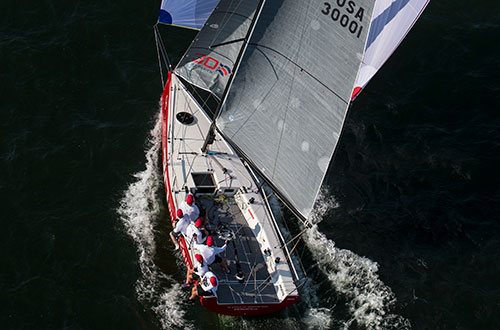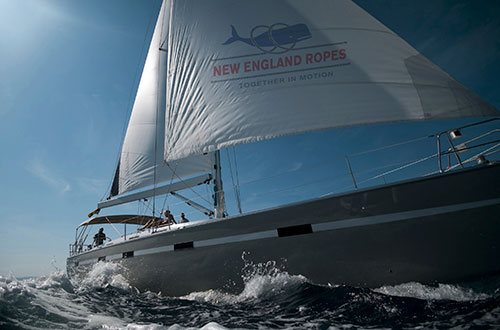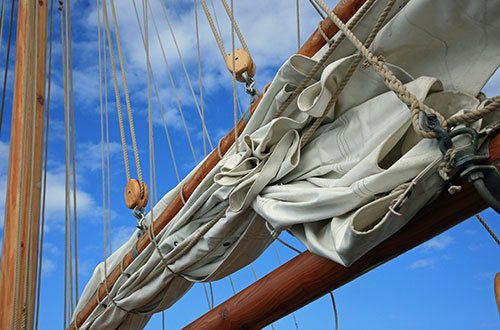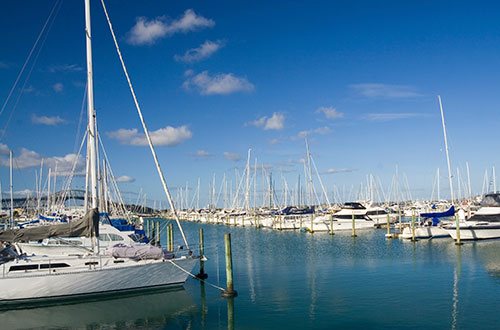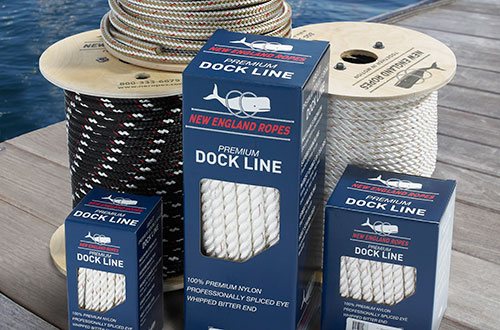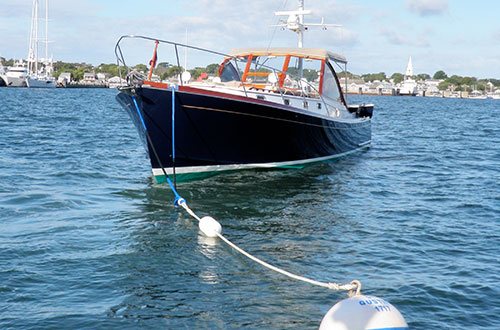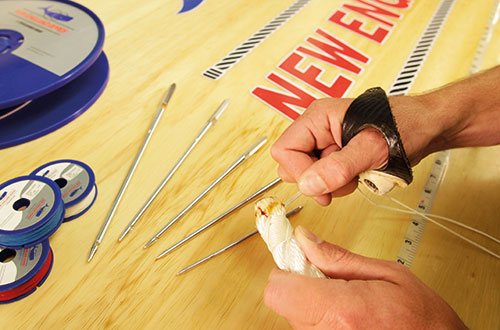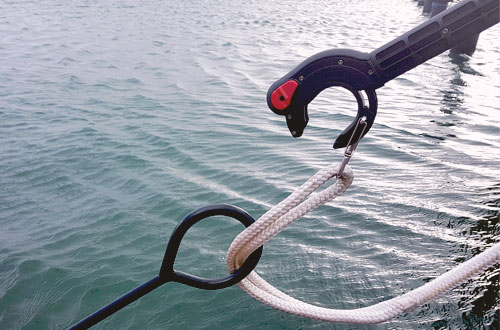Rope constructions
3-Strand
3-strand ropes are made by gathering fibers to form 3 twisted strands and twisting these strands into a rope. Most twisted ropes are made of polyester and polypropylene. This type of ropes is widely used, especially because they are inexpensive. Their other benefits include high elasticity, excellent abrasion resistance, and great ease of splicing. However, one of their downsides is that these ropes offer relatively little in terms of breaking force, as their individual strands can come apart when subjected to high loads. Furthermore, unlike braided ropes, these ropes do not have a consistent and round shape.
Single braid
Single braids or so-called "single braided ropes" consist of an even number of strands braided according to a circular pattern, half of them clockwise, the other half counter-clockwise. This type of rope offers a somewhat higher breaking force than a twisted rope, which makes it a bit more expensive. In most cases, these ropes consist of high-strength fibers such as Dyneema® so that they are very light and very easy to splice.
Double braid
Double braids are ropes that have an inner hollow braid as their core. An outer hollow braid is braided around that core and forms the cover. The final result is a rope within a rope, which makes it possible to distribute loads evenly or unevenly between the core and the cover. Often, the cover serves the purpose of protecting the more sensitive, however load-bearing core from environmental influences. This type of rope is generally very flexible, strong, comfortable to handle, and easy to splice. Be sure to exercise caution with all types of use where the cover moves over winches, cleats, and other hardware. In those cases, the cover could rub against the core and thus cause damage that would be invisible from the outside.
Premium 8 Plait
The 8-plait rope was developed to compensate for the negative characteristics of 3-strand ropes, i.e., twisting and hardening. It boasts excellent shock absorption characteristics with 40% stretch and abrasion resistance. Ropes of this type are perfectly suitable to be stowed without reels or coils, without twisting or kinking


